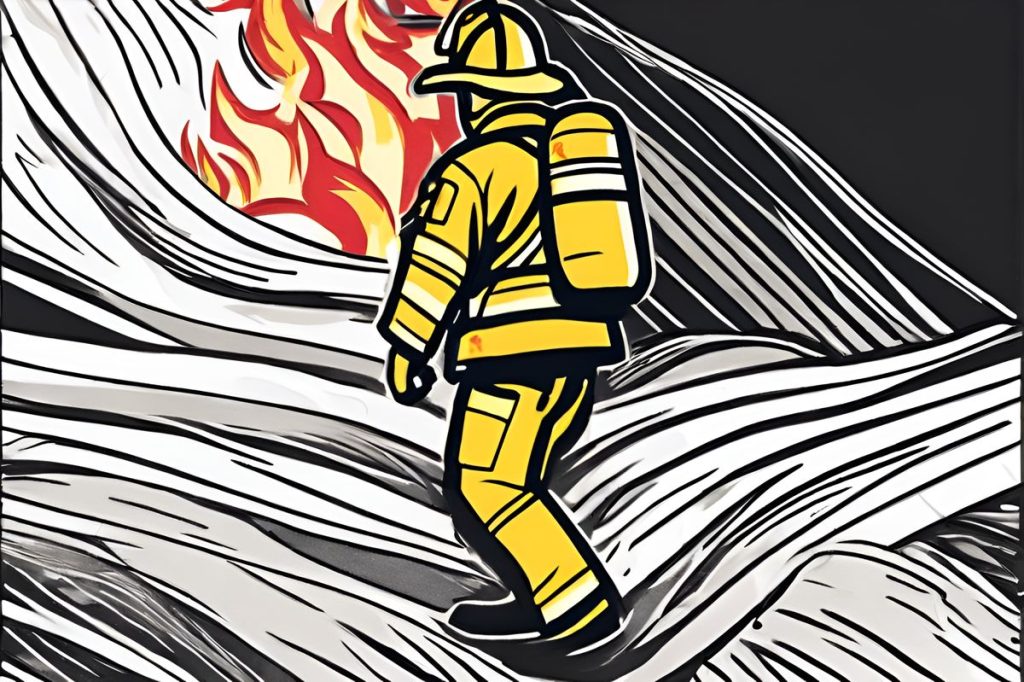The economic impact of fires in the recent year amounted to €9.5 million, with urban fires costing €8.4 million. Human activities were responsible for 90% of all fires, emphasizing the urgent need for enhanced fire safety education and prevention measures.
What is the economic impact of fires in the recent year?
The economic impact of fires in the recent year resulted in damages totaling €9.5 million, with urban fires accounting for €8.4 million. Despite a reduction in urban fire costs from the previous year, human-related activities caused 90% of all rural and urban fires, emphasizing the need for improved fire safety education and prevention measures.
The past year witnessed a significant financial toll resulting from fire incidents, with damages amounting to €9.5 million. Reports from the fire service highlighted the considerable impact fires had, particularly in urban settings, where the devastation incurred costs of around €8.4 million.
Despite the financial setback, there was a notable decrease in the cost of damages caused by urban fires compared to the previous year. This suggests improved mitigation strategies or a degree of fortune in the incidents’ containment. On a broader scale, the fire service’s diligent response included attending to 11,919 calls for various emergencies, including false alarms and non-fire related situations.
Rural and Urban Fire Patterns
The distribution of fires was fairly balanced across urban and rural areas, with a combined total of 6,649 reported fires. Interestingly, rural fires often had a malicious origin, with approximately 64 percent attributed to intentional acts. Human-related activities were the predominant cause of fires in both landscapes, contributing to 90 percent of all rural and urban fire incidents.
In urban areas, the primary culprits included electrical faults in vehicles, malfunctioning electrical appliances, and carelessly discarded cigarette butts, along with intentional acts of arson. The statistics reveal a persistent need for awareness and preventive measures to reduce human-induced fire incidents.
Fire-Related Rescues and Casualties
In the face of danger, fire services managed to perform 25 rescues, successfully saving individuals from burning structures. This number reflects a slight increase from the previous year. Tragically, however, the year did not see a decline in fatalities, with five lives still being claimed by fire-related events, mirroring the previous year’s statistics.
The extent of damage to natural landscapes was also significant, with over 21 square kilometers of countryside affected by fires. This marked a substantial increase from the area impacted in the prior year and underscores the ongoing challenge of managing and preventing wildfires.
The Importance of Fire Safety and Prevention
Such statistics underline the critical importance of fire safety education and the enforcement of regulations to prevent fires. The high percentage of human-caused fires calls for a concerted effort in raising public awareness about the risks and consequences of negligent or deliberate actions leading to fires. It also highlights the valor and commitment of fire service personnel who risk their lives to protect citizens and property.
Investments in better infrastructure, cutting-edge fire detection and suppression technology, and comprehensive training programs for firefighters are essential. These measures can greatly enhance the effectiveness of fire response and potentially save millions in property damage and, more importantly, save lives.
What is the distribution of fires in urban and rural areas?
The distribution of fires in the recent year was fairly balanced between urban and rural areas, with a total of 6,649 reported fires. Interestingly, approximately 64 percent of rural fires were malicious in nature, while human-related activities were responsible for 90 percent of all rural and urban fire incidents. This highlights the need for preventive measures and increased awareness to reduce the occurrence of intentional fire incidents.
How many rescues were performed by fire services in the recent year?
In the recent year, fire services successfully performed 25 rescues, saving individuals from burning structures. This number showed a slight increase from the previous year, showcasing the dedication and efficiency of fire service personnel in responding to emergencies. However, despite these efforts, the year still saw five fatalities due to fire-related events, emphasizing the importance of continuous vigilance and preparedness.
What is the significance of fire safety education and prevention measures?
The statistics from the recent year underscore the critical importance of fire safety education and prevention measures to mitigate the risks posed by fires. With human-related activities being the primary cause of fires, there is a pressing need for enhanced public awareness about fire safety and the consequences of negligent or intentional actions that can lead to fire incidents. Investments in infrastructure, advanced fire detection technology, and comprehensive training programs for firefighters are essential to improve fire response effectiveness and ultimately save lives and property.
What is the economic impact of fires in the recent year and why is prevention crucial?
The economic impact of fires in the recent year amounted to €9.5 million, with urban fires costing €8.4 million. Human activities were responsible for 90% of all fires, highlighting the urgent need for enhanced fire safety education and prevention measures. Prevention is crucial not only to reduce financial losses but also to save lives and protect natural landscapes from devastation caused by fire incidents. By investing in prevention strategies and promoting responsible behavior, communities can significantly reduce the occurrence and impact of fires.

